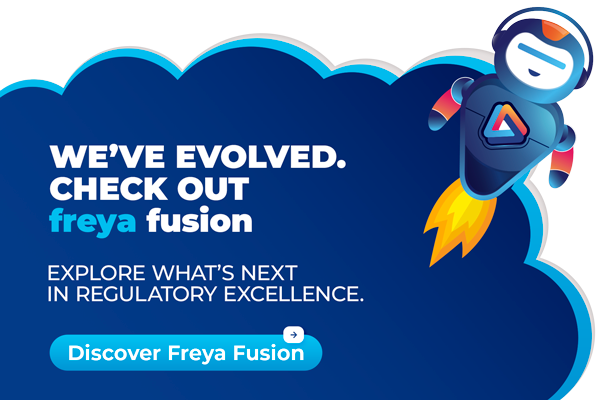Mitigating Regulatory Risk with a Robust Document Management System
The life sciences industry operates within a complex regulatory landscape. From clinical trials to manufacturing and post-market surveillance, adherence to stringent regulations is paramount. Organizations must navigate a complex web of regulations to ensure their products meet stringent standards.
This blog explores how a DMS can help organizations manage regulatory documents, reduce risks, and stay compliant. We'll also delve into recent trends in document management and highlight the capabilities of Freyr rDMS.
